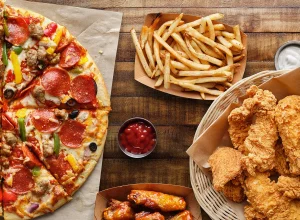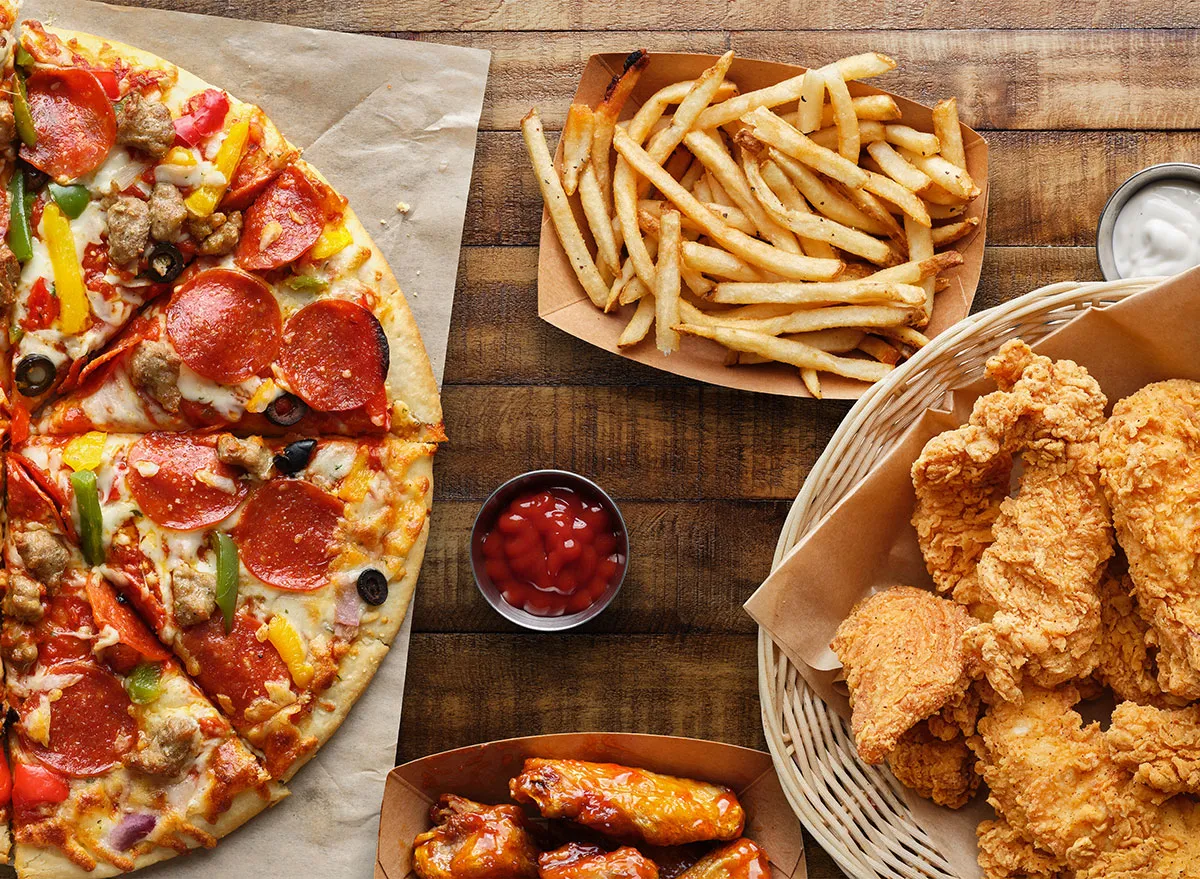This article is designed for individuals who are looking to make informed decisions about their food choices while considering the financial aspects. Readers will benefit from understanding the true costs of fast food versus cooking at home, helping them make healthier choices for their wallets and well-being.
The Hidden Costs of Convenience
In today’s fast-paced world, convenience often takes precedence. Grabbing a quick burger or a pizza slice on the way home from work might seem harmless, but the hidden costs associated with such choices can accumulate faster than you think. Dr. Parker’s research highlights the health risks linked to frequent fast food consumption, including obesity, diabetes, and heart disease. These health concerns lead to medical bills, medications, and reduced quality of life—financial burdens that far surpass the initial savings of a cheap meal.
The main goal of this section is to shed light on the long-term financial implications of relying on fast food. By understanding the health risks and related expenses, readers are encouraged to consider the true costs of their dietary choices.
Crunching the Numbers: Fast Food Expenditure
Let’s put numbers on the table. Imagine you spend $8 on a fast-food meal a few times a week. It might not seem like much, but those seemingly small expenses add up over time. In a month, you’ve already spent around $100 on fast food alone. Extrapolate that over a year, and you’re looking at over $1200, just on quick, often unhealthy meals.
This section dives into a detailed breakdown of how fast food expenses can accumulate. By examining weekly, monthly, and yearly costs, readers can see the true financial impact of their fast food habits. The goal here is to provide readers with a concrete understanding of how seemingly trivial expenses can balloon over time.

Cooking Up Savings: The Economical Benefits of Homemade Meals
Cooking at home presents an opportunity to save money without sacrificing taste or nutrition. Dr. Parker’s research shows that preparing meals at home can reduce food expenses by up to 50%. Moreover, homemade meals allow you to buy ingredients in bulk and repurpose leftovers, stretching your food budget even further.
By understanding the potential for significant savings through home cooking, readers can start to see how making a few changes to their routines can positively impact their financial well-being. This section aims to inspire readers to consider cooking at home as a valuable financial investment.
Strategies for Successful and Affordable Meal Preparation
Making the switch from fast food to home-cooked meals might seem daunting, but with the right strategies, it becomes manageable and even enjoyable. Dr. Parker’s expertise extends to practical tips for planning, shopping, and preparing meals on a budget. By creating weekly meal plans, sticking to shopping lists, and learning basic cooking skills, individuals can take control of their food expenses while embracing healthier eating habits.
The main goal of this section is to empower readers with actionable steps they can take to implement home cooking into their lifestyles. By offering concrete advice and strategies, readers can see that the transition is both feasible and beneficial.
Conclusion:
In the journey to make informed decisions about food choices, the financial aspect is crucial. Dr. Emily Parker’s research underscores the profound impact of choosing between fast food and home-cooked meals on both health and finances. By understanding the true costs and benefits of these choices, individuals can take charge of their well-being and wallet simultaneously.










